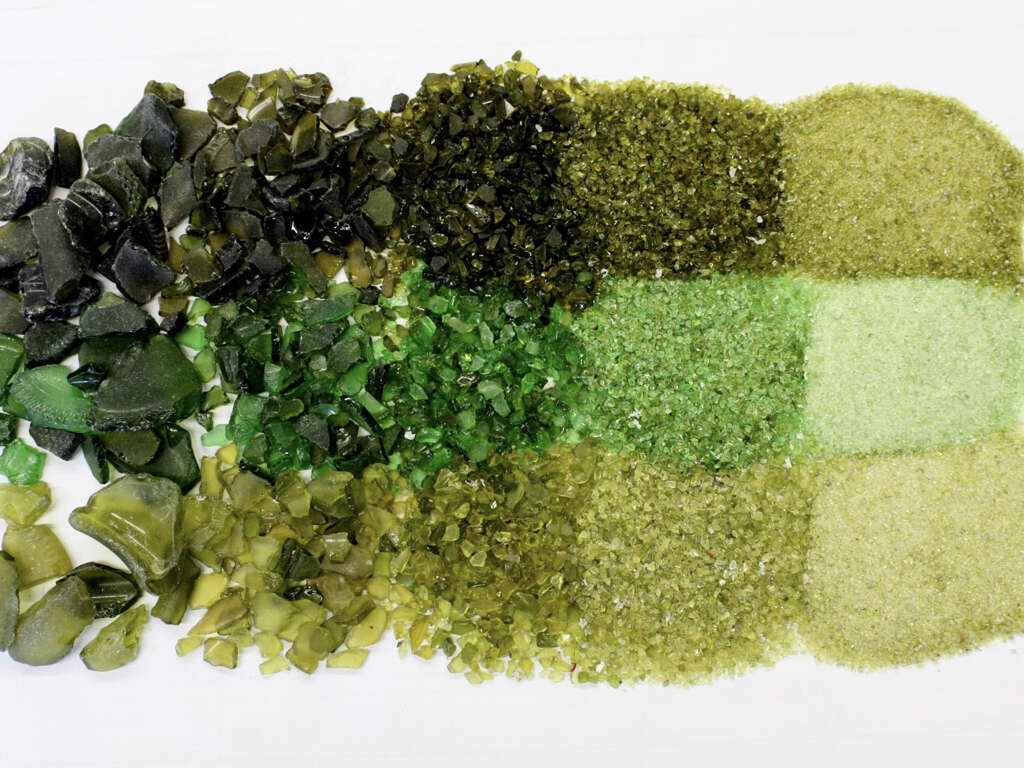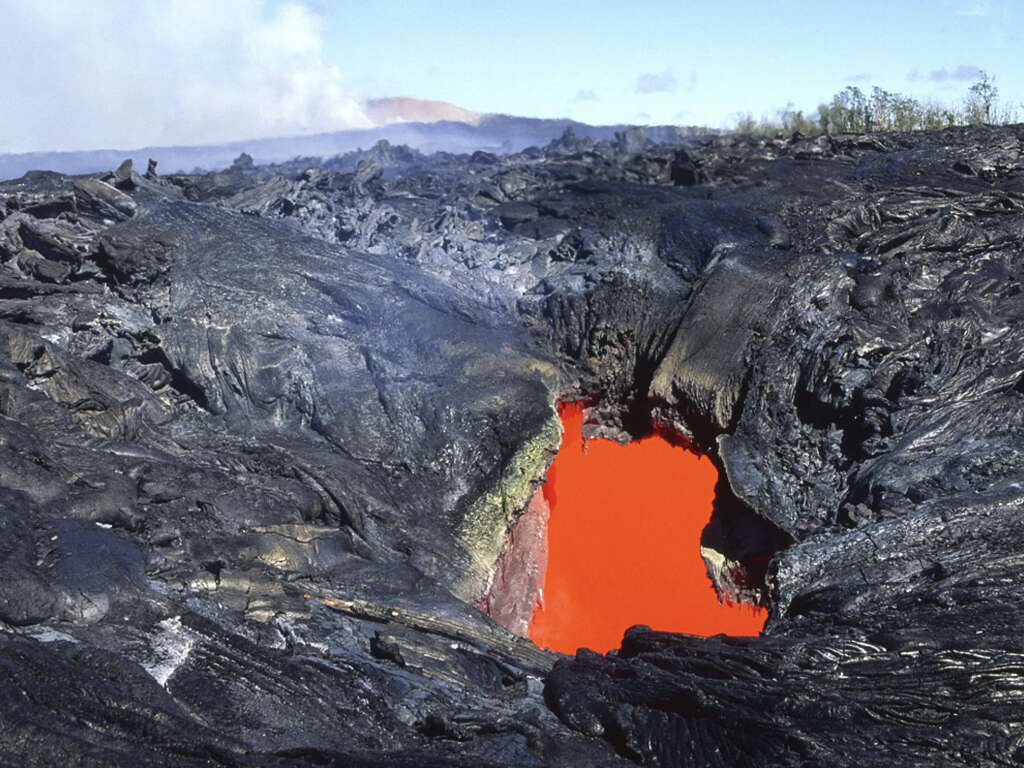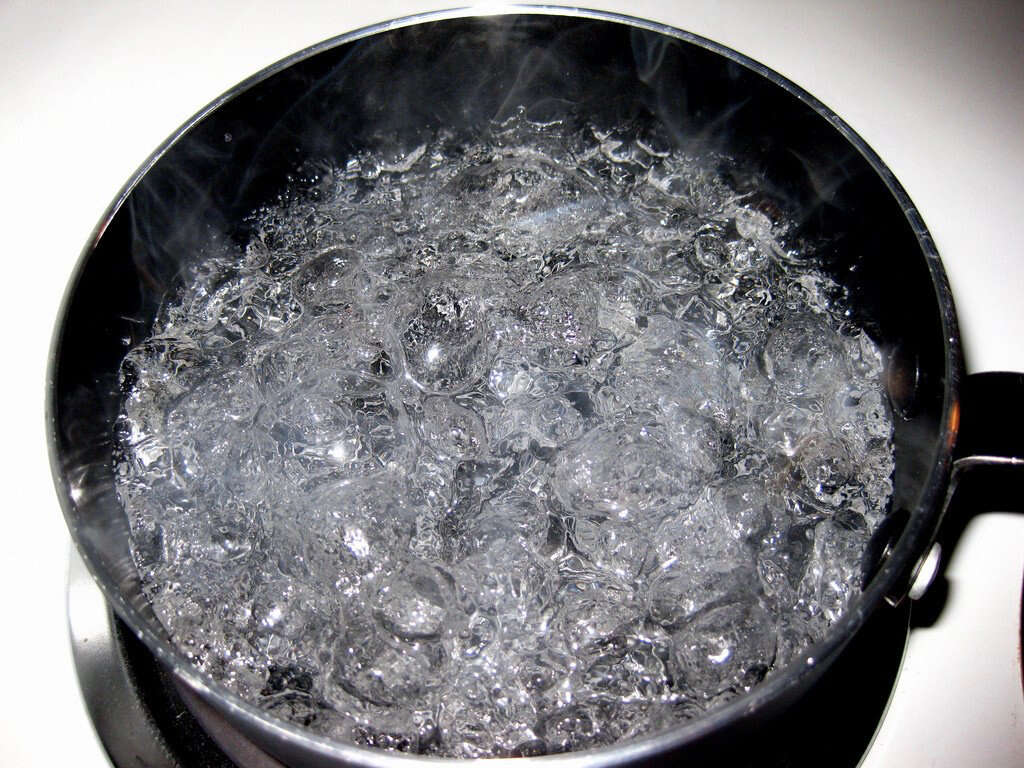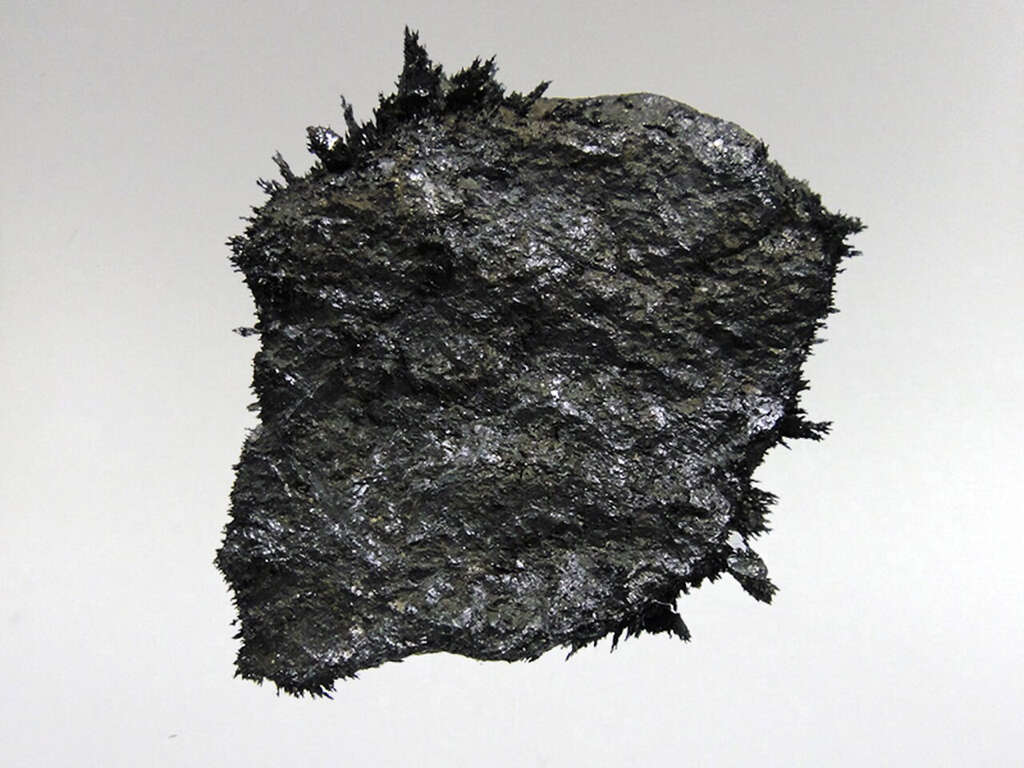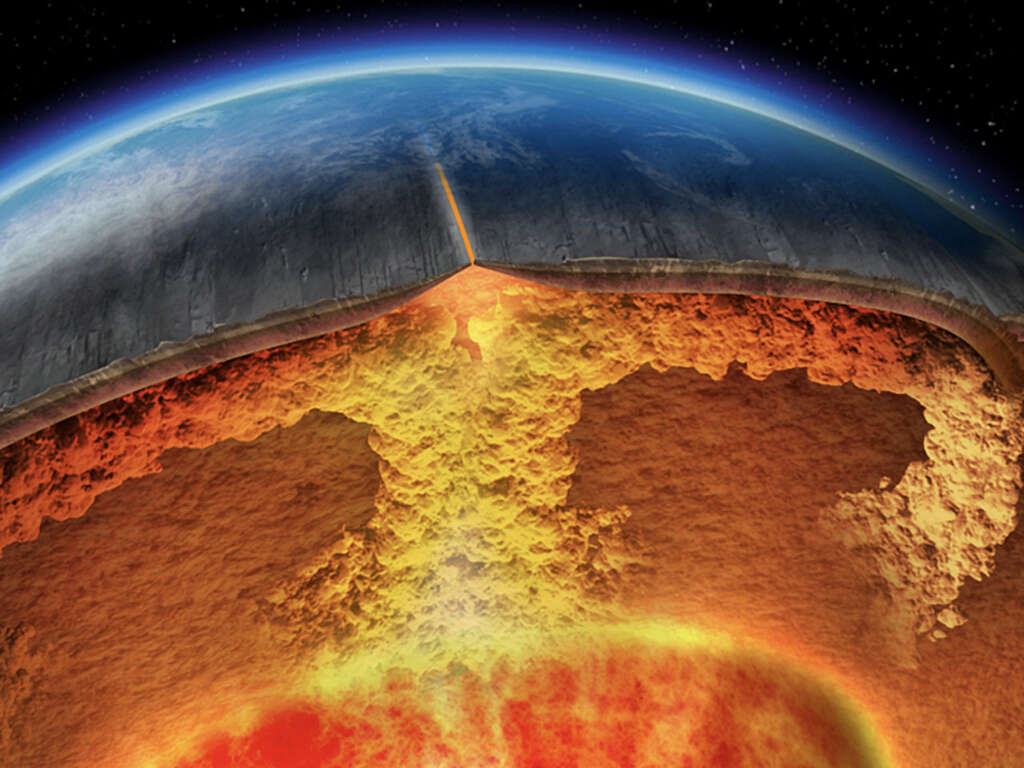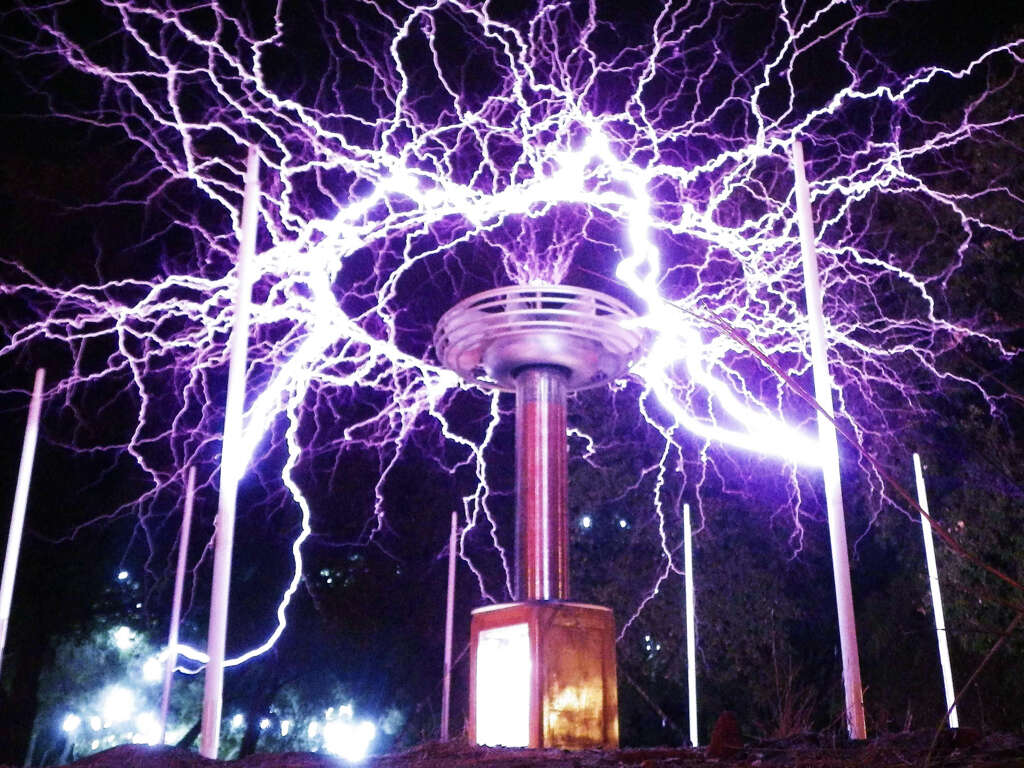Is Glass a Liquid?
Glass is a very common substance that is used all over the world. Its transparent nature makes it ideal for use in windows because the glass lets light in and allows us to see outside, while also protecting us from the elements. It also has other uses, such as bottles and drinking glasses.
We have been using glass for hundreds of years and we are finding more uses for it as time goes by. The curious nature and behavior of glass have led to some people asking if glass is really a liquid. Here, we answer that question and provide a host of other interesting facts.
1. Its Made from Sand
Depending on how it is made, glass is completely transparent, so some people might think that it is made from something else that is also transparent. The reality is that it is not made from something transparent and is made from something that is very common sand. To make glass, sand is mixed with soda ash and lime and the mixture is then heated to approximately 1700 degrees Celsius. This turns the mixture into a liquid and when this liquid is then left to cool, it turns into glass. Even after the process, glass remains the same compound it was before being treated silica.
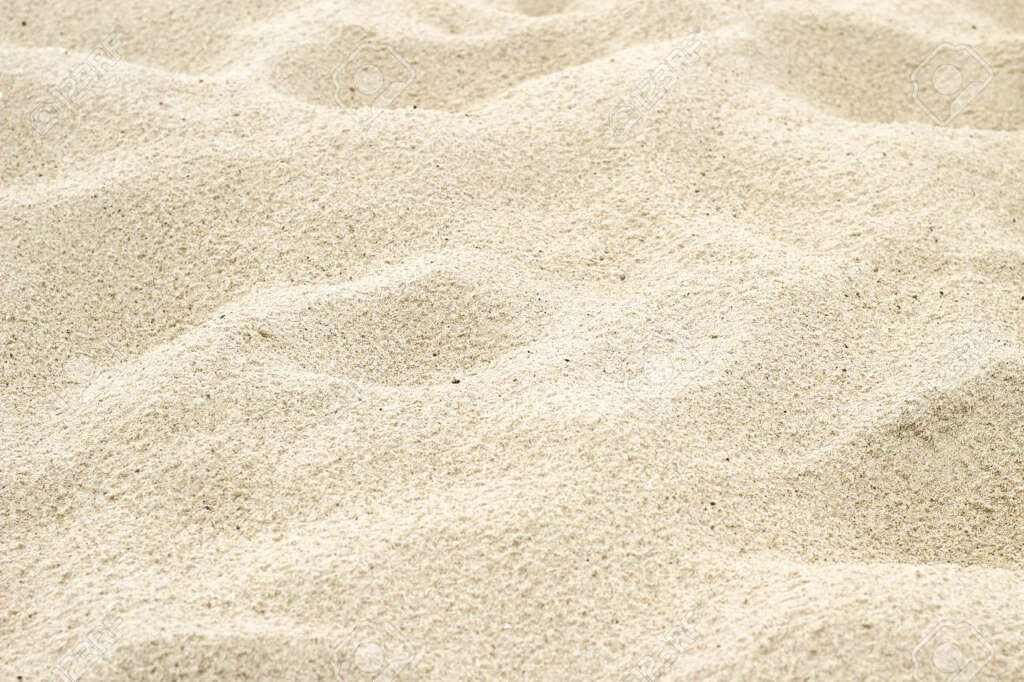
2. Different Colors
Go to any church and you will likely see glass that is made of different colors (stained glass windows). You will also find different colored glass at home and the different colors can be useful in creating aesthetic appeal. These different colors are achieved by adding in other minerals with the sand and other ingredients before melting.
If you want violet glass, for example, then adding in some nickel oxide will do the trick. The coloring of glass in this way does not affect its properties at all and it can be used in exactly the same way that plain, uncolored glass can be used.
3. Used to be Expensive
One thing you might notice about some old buildings is that there are no windows. This would obviously cause buildings to become very cold in the winter and, sometimes, wooden shutters were used to help keep the cold out. In some cases, alternatives like flattened animal horn were used.
The simple reason for this is that glass used to be very expensive; only the very rich could afford it. You might also notice that windows were made up of multiple smaller panes of glass, and this was because older methods could not make larger, single panes. Thankfully, our technology has advanced to the point where windows are now easier to install and affordable.
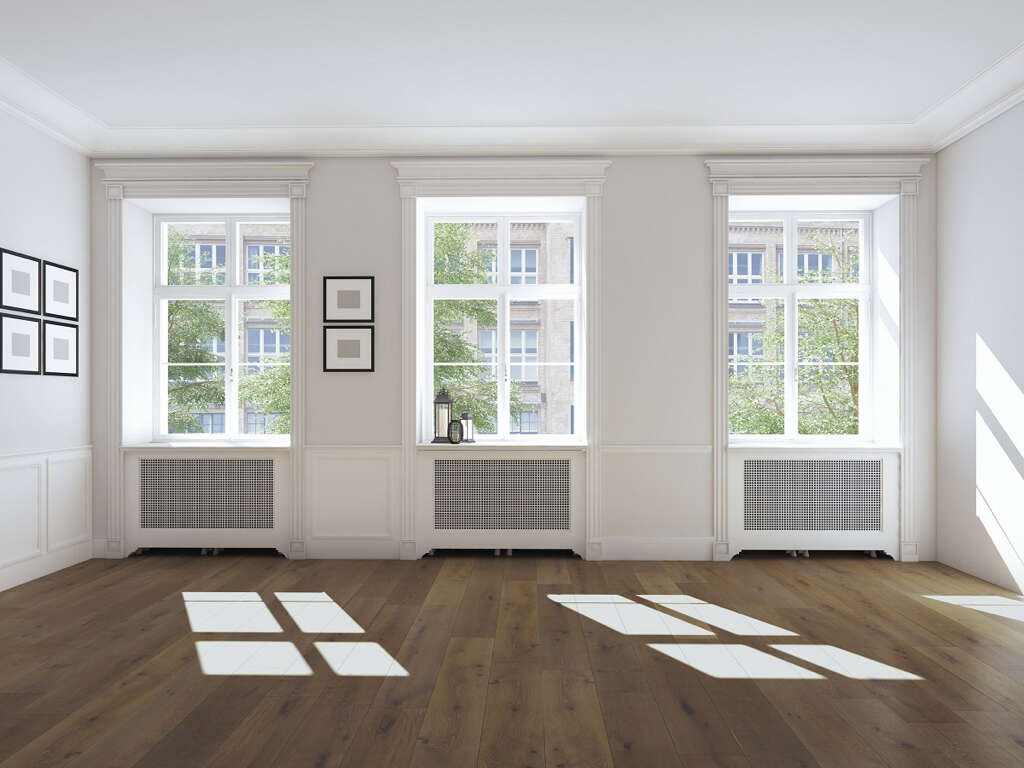
4. Liquid Panes?
Another thing that you might have noticed about some old buildings is that the parts of the structure are quite different from that of modern buildings. This is because techniques and materials have changed over the years. You might also notice that panes of glass might have the appearance of have flowed downwards over time.
This has led some people to speculate that glass is actually a very slow-moving liquid and that it takes generations to see this flow in effect. The reality is that methods were simply different then, resulting in glass that was more rippled, unlike the flat glass sheets of today.
5. Not a Solid
As already mentioned, glass is not a liquid, not even a very slow-moving liquid. It is not a gas either so you might be left thinking its a solid, but this is not true either. Glass is what is known as an amorphous solid. Other examples of amorphous solids include some plastics, gels, waxes, and paraffin.
Amorphous solids differ from solids because, unlike with solids, the molecules and atoms are not organized in a rigid lattice pattern. Instead, there is no long-term order in which the molecules must be in. This means that under the right circumstances the molecules can still move around, unlike in proper solids.
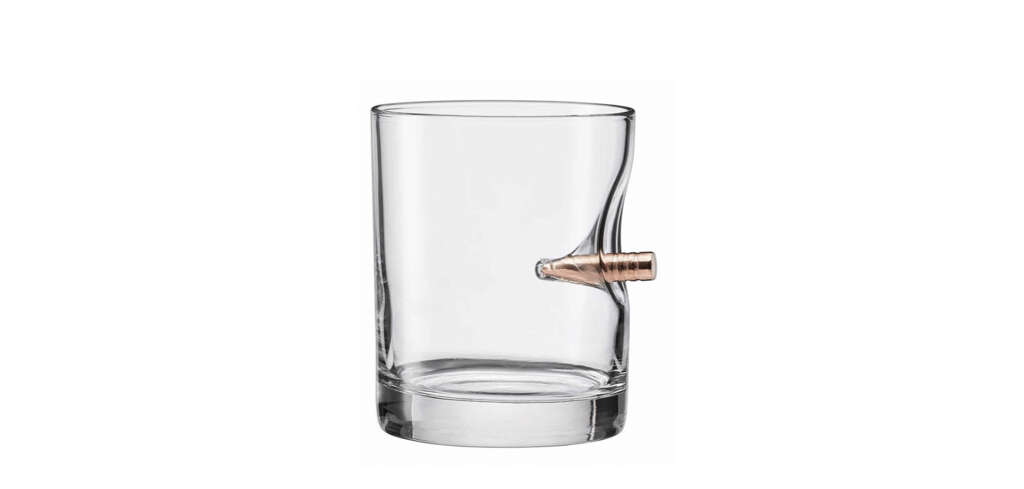
6. Obsidian
One type of glass occurs naturally and has been occurring long before mankind was on the planet. One such example if this is obsidian. Obsidian is made directly from lava that is released during a volcanic eruption. Lava won’t usually transform into obsidian but will do so when it is made to cool down rapidly enough.
Although obsidian is a true glass, it won’t be much good as a window because it is black and not transparent. Obsidian is also quite common so has little value, but this is also a good thing because it is inexpensive to buy. Regardless of price, it is still very attractive and is often used in making jewelry.
7. Fulgurites
As mentioned, glass is made from sand and it requires a great deal of heat to make the transformation from sand to glass. This is a process that can occur naturally thanks to the power of lightning. A lightning strike will have a temperature of more than 3,000 degrees.
When a bolt of lightning strikes sand, it causes the sand grains to fuse together and will create what is known as a fulgurite. Sand fulgurites are usually very fragile and don’t have any transparency but they can sometimes be quite beautiful. Fulgurites can also be found in solid rock, but these are rarer and harder to access.
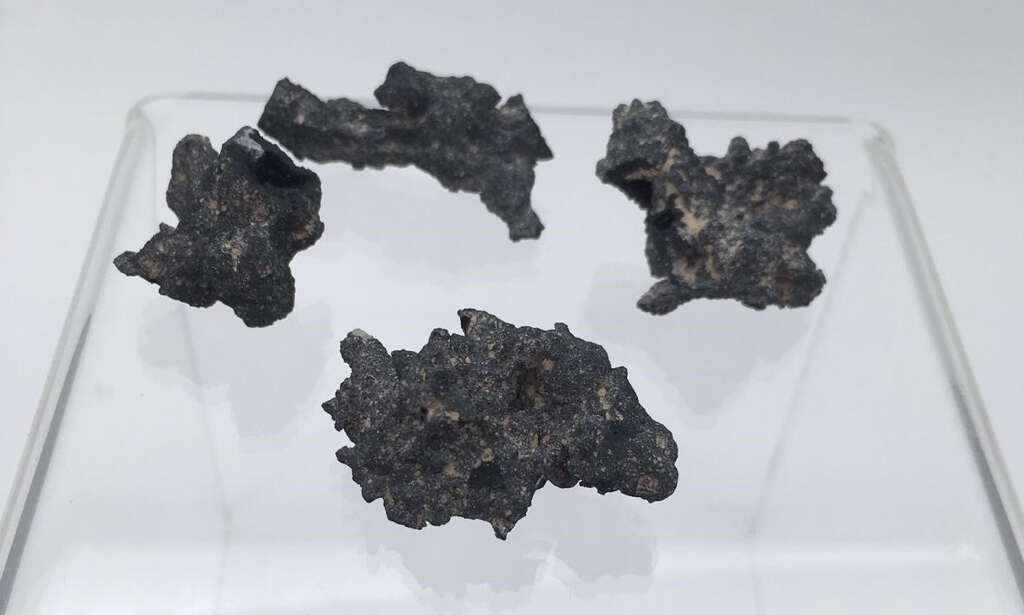
8. Breaking Glass
Glass is relatively fragile so it pays to be careful when using it. Drop a glass milk bottle, for example, and you will likely have a mess to clean up. You will also be finding tiny shards that you missed for some time. Kids playing ball games around the home is also likely to turn into a tricky situation.
Safety glass has been treated to help prevent the glass from cracking into dangerous shards, as well as helping to make it tougher to break. There is even glass that can resist bullets. When you do crack glass, you will likely find that the entire pane cracks at once. This is because a crack will move across the glass at 3,000 mph.
9. A Long Lifespan
The problem of plastics polluting the environment is well known. One of the main problems with plastics is that it can take a hundred years before it biodegrades. It takes even longer for glass to break down, however. Indeed, it will take around 1 million years for it to happen, meaning your milk bottles might end up being around for a long, long time.
This is obviously not a good thing when it comes to polluting our planet, but at least glass is not toxic. It essentially remains as the same substance it was before it was made. Glass is also fully recyclable, to you can also do your bit by taking your empties to your local recycling center.
10. No Reaction to Chemicals
Around the home, we tend to use glass as containers for liquids because it is airtight, watertight, and transparent. Another reason for using glass is that it will not pass any unwelcome flavors into the food. Yet another good reason for using glass is that there are no chemicals present, and it does not react to chemicals.
Glass doesn’t even react to the strongest of acids. It is ideal for use in labs and industrial settings because it can contain any chemical safely and securely, provided people are careful not to break it. It has even been shown that glass may be used to render nuclear waste harmless.
